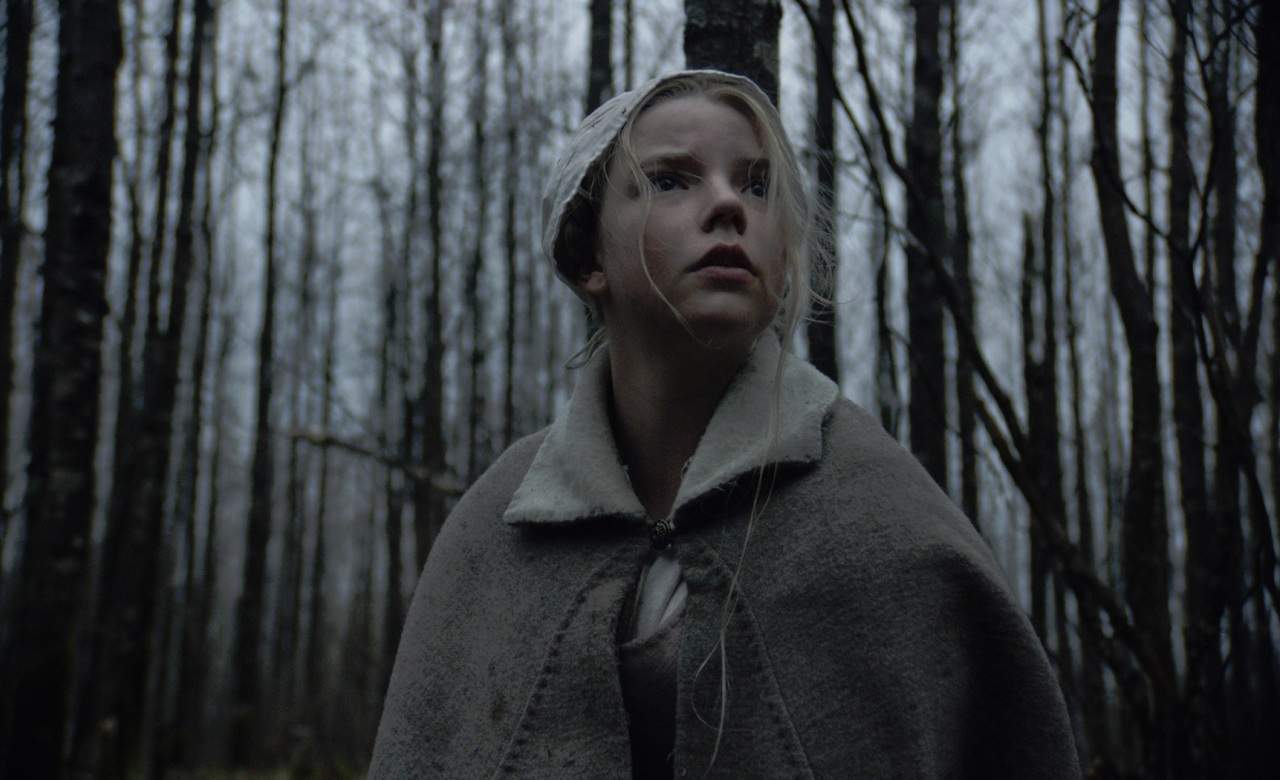The Witch
The much-hyped feminist horror flick that took Sundance by storm.
Overview
Suffocating repression and blind religious fervour underscore an atmosphere of stomach-clenching dread, in the much-hyped arthouse horror flick that took last year's Sundance Film Festival by storm. The disquieting debut of writer-director Robert Eggers, The Witch unfolds on the very edge of civilisation, where puritanical devotion inevitably gives rise to the very evil it so desperately fears. The Witch isn't a horror film in the way that modern viewers may expect, with Eggers mostly steering clear of graphic violence and sudden scares. Yet while the film's gnawing brand of terror may not be particularly immediate, its lingering effects are also far less easily dispelled.
The film takes place in New England in the early days of pilgrim settlement, and concerns the unfortunate affairs of a family of colonists who find themselves exiled from their community for an unspecified religious offence. Travelling into the wilderness, they establish a farm on the edge of an ominous forest, only for further misfortune to befall them when newborn baby Samuel mysteriously disappears. As winter creeps closer and hope stretches thin, suspicion is cast upon eldest daughter Thomasin (Anya Taylor-Joy), who the rest of the family fear may have made a sex pact with the devil.
On a production level, The Witch is immaculate. Close attention to period detail – from the threadbare costumes and setting to the carefully researched era-specific dialogue – lends the narrative an authenticity that in turn makes its supernatural elements feel uncomfortably real. A muted colour palette, dominated by greys, off-whites and faded greens, seems to drive home just how grim the family's situation has become, while leaving little doubt in our minds that evil lurks just around the corner. Combine that with a nerve-jangling orchestral score, and it's clear Eggers wishes to unsettle you from the moment the film begins, and leave you feeling that way for many hours after the house lights come up.
He's aided in that eerie ambition by the fine work of his cast. As the family patriarch William, Ralph Ineson embodies the world-weariness and internal conflict of a man who believes it's his duty to provide for his family, but whose pride prevents him from seeing that he is leading them to ruin. As his wife Katherine, Kate Dickie captures the calcified intensity of a woman from whom all pity has been driven. So hard has been her life that even her religious conviction is rooted in bitterness. But it is to 19-year-old Taylor-Joy that all eyes will be drawn, her pale, striking features and compelling performance speaking to the true source of the film's terrifying power.
For while Eggers makes it clear that there is indeed a witch lurking in the shadows of the woods, her supernatural powers are far less frightening than the threats – both real and imagined – that lie within the four walls of the farmhouse. The true terror of The Witch is that our family might turn against us, for reasons that are entirely beyond our control. The mere fact that Thomasin is a young woman is enough to make her the subject of suspicion, as Eggers explores in no uncertain terms society's ongoing fear of female sexuality. Tellingly, the film's mesmerising final few moments depict exactly what such a society fears most: a woman unchecked by repression, with full control of her body, finally embracing her dark, seductive powers to the ruin of the world.





